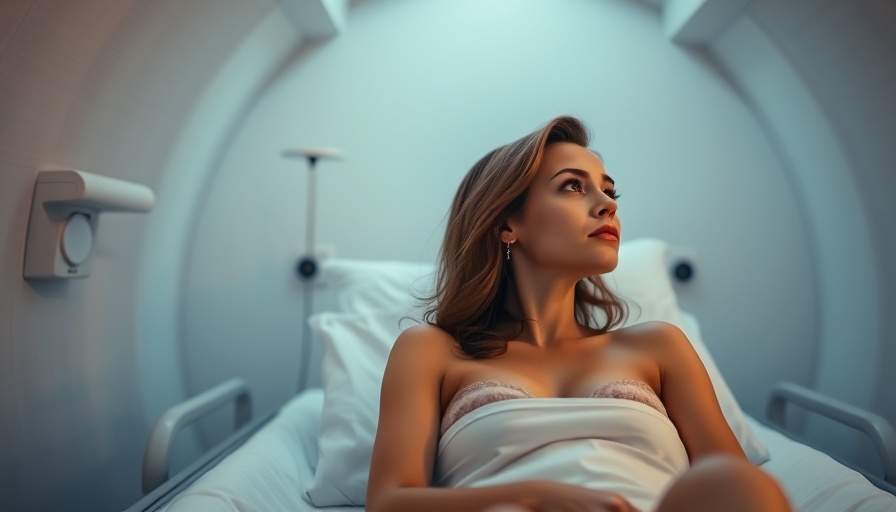
GOP Lawmaker's Avoidance Highlights Concerns Over Tax Breaks
In a striking display of political theater, a recent congressional hearing brought to light the contentious issue of the 'tanning bed tax break' included in a GOP-led budget bill. Rep. Teresa Leger Fernández (D-NM) challenged Rep. Jason Smith (R-MO) to read aloud a provision that eliminates the federal excise tax on indoor tanning services, a request that he notably declined. This exchange reflects broader concerns about priorities within the bill, which critics argue favor narrow interests over critical services that directly affect the health and well-being of the American public.
Understanding the Background of the Tanning Bed Tax
The history of the tanning bed tax dates back to the Affordable Care Act (ACA) of 2010. Enacted to generate revenue and discourage the use of tanning beds—known for their health risks—it is now seen as an example of the GOP's shifting priorities. The repeal of this tax is perceived by many as a step that prioritizes the whims of affluent individuals with tanning beds over essential public health services, especially in underserved rural areas where healthcare facilities face closure.
Criticism of GOP Budget Priorities
Critics of the budget, including Leger Fernández, have highlighted the glaring contrast between the tax break for tanning beds and the funding cuts affecting vital health services. "If you have a tanning bed, you get a little bit of a tax break," she remarked, pointing out that this focus undermines support for necessary health services, particularly for those in rural America who need access to hospital beds. Such remarks resonate deeply within communities that struggle with healthcare availability and reflect a growing frustration with legislative decisions.
Health Implications: A Closer Look at Tanning Beds
Before delving into the implications of this tax break, it's vital to understand the health concerns surrounding indoor tanning. The World Health Organization has classified tanning devices as carcinogenic, which makes the removal of this tax particularly alarming from a public health standpoint. Advocates for health and wellness often promote safe sun exposure and the importance of prioritizing our health above trends, as emphasized through sustainable living and holistic health practices.
Balancing Lifestyle Choices and Legislative Actions
This incident also sparks discussions about how personal lifestyle choices are regulated and influenced by legislative actions. As the dialogue continues, it’s essential to reflect on how our choices align with our health goals and the governmental incentives that may encourage unhealthy behaviors. Encouraging activities that promote wellness, such as outdoor exercise and mindful relaxation techniques, can be countered by policies that incentivize harmful habits.
Looking Ahead: The Future of Health Legislation
The outcome of this budget bill could well shape future health legislation and public health campaigns. While the GOP may view the repeal of such a tax as a victory for freedom and personal choice, Democrats are likely to continue their critique of prioritizing tax breaks over essential services. The debate surrounding this issue underscores the pressing need for lawmakers to align their policies with the health and welfare of all citizens rather than catering to specific, affluent interests.
In light of these discussions, it becomes crucial for citizens to remain informed and engaged about the laws that affect their health. Understanding the implications of such legislative decisions can inspire proactive measures in personal health and wellness choices. For those invested in creating or supporting policies that genuinely benefit public health, advocacy and informed discussions are imperative.
 Add Row
Add Row  Add
Add 




Write A Comment